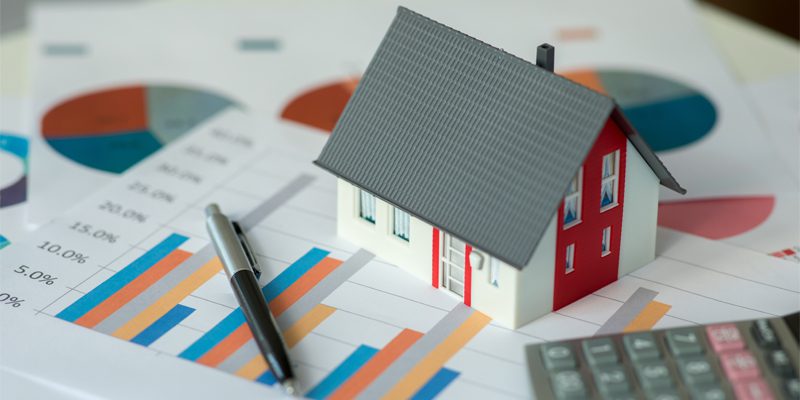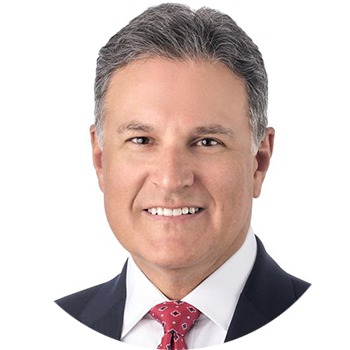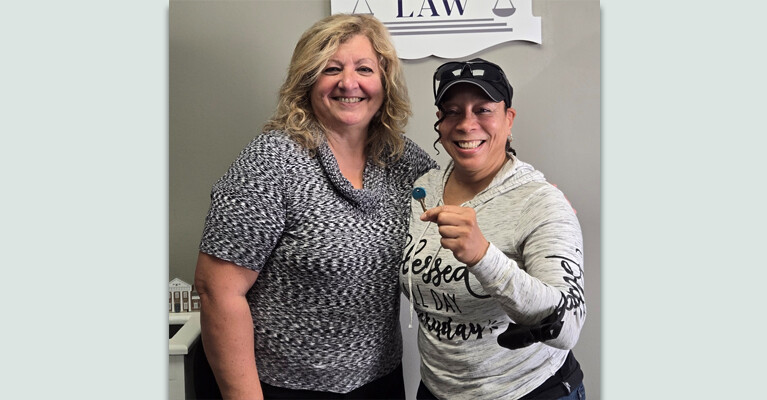Interest Rate Hikes Impact Mortgages Differently Than Other Consumer Loans. Here’s What You Should Know.

Almost everywhere you turn these days, there’s speculation and news about the Federal Reserve getting ready to raise interest rates multiple times in 2022 and how that will affect consumers.
Without question, higher interest rates cost people more money when buying the goods and services they need in their everyday lives.
A common misconception, however, is that mortgage rates rise and fall at the same time and amount as other types of borrowing, such as credit cards, auto loans and even home equity loans and lines of credit.
This is typically not the case. Here’s how mortgage rates differ from other consumer rates and why.
The Key Rate Setting Factors
If you have a credit card, you’ve likely read about the Prime Rate in your terms and conditions or on your monthly statement.
Put simply, the Prime Rate is the interest rate that banks use as a basis to set their rates for loans, credit cards and lines of credit for their customers with high credit ratings. The Prime Rate is directly tied to the federal funds rate, which is what you hear about when the Federal Reserve is going to “raise rates.” The interest rate you pay for borrowing is usually the Prime Rate plus whatever margin the lender assigns to your loan or credit product based on risk factors. Because it is tied to the federal funds rate when the Prime Rate rises, so do non-fixed rates for loans and credit products that are tied to the Prime Rate.
So, when the Federal Reserve raises interest rates, your variable interest credit card’s rate will likely rise with it. If you are planning a home renovation or want to consolidate debt using your home’s equity, now could also be the time to lock into still-low interest rates.
Mortgage rates, however, are more influenced by the bond market, mortgage-backed securities and more specifically, the 10-year Treasury yields. Fixed mortgage rates tend to go in the same direction as Treasury yields.
What These Changes Mean for You
In a current market like we are experiencing today, where inflation is rising and the Prime Rate is expected to rise with it, these interconnected factors can have some direct and indirect impacts on Treasury yields, which will in turn affect mortgage rates over time, whereas an increase in the Prime Rate will have a much quicker impact on other consumer loans and credit.
The mortgage industry may have already “baked in” an anticipated Federal Reserve rate hike in March, but any future rate increases could continue the upward trajectory of mortgage rates over time.
If you are looking to buy a home this spring or summer, locking in your rate and mortgage as soon as possible may be the best move you can make, depending on your financial situation. If you have an adjustable-rate mortgage (ARM), which is more closely tied to the Prime Rate, you may want to refinance into a fixed rate now.
For those with other forms of variable rate loans, such as credit card balances, try to pay down as much as you can to lessen the impact of Prime Rate increases and shop around for cards with lower rates that can help you pay them off faster.
And if you are already a homeowner, another strategy would be to use your home’s increased equity for a cash-out refinance or home equity loan to achieve your financial goals.

Helping you boost your financial intelligence.
Read our financial resources from your friends at WSFS.



